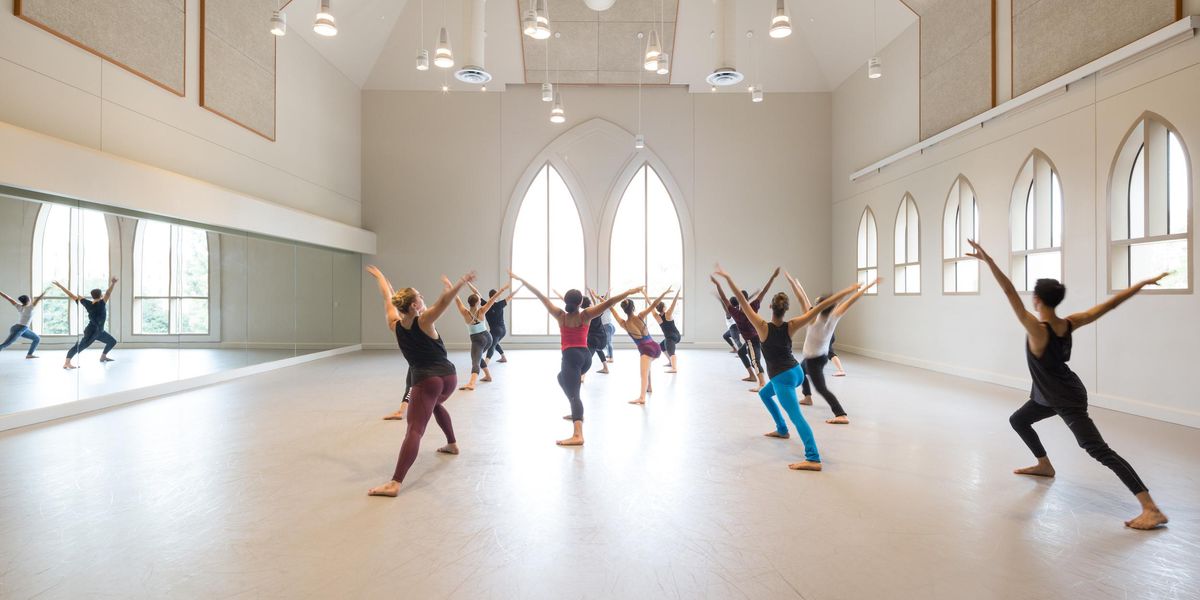Advice for Dancers
Scared
Cincinnati, OH
Please don’t jump to conclusions when you aren’t feeling your best. Frequently, high achievers burn out during an intense work period, leaving them questioning both their talent and motivation. Yet, if you’ve loved dancing in the past, allow yourself some time to recover before giving it up. Dancers can put enormous mental pressure on themselves to be perfect. Meanwhile, the physical stress of dancing can deplete your body if you don’t get enough downtime, especially sleep. Take the summer to rest, relax, and enjoy yourself. Ease back into dance by cross-training at the gym, and taking short barres and adult beginner classes. Then, increase your dance schedule slowly as you prepare for the fall semester. You might try taking classes with new teachers or exploring different styles to see if you find an environment where you feel more committed. Hopefully, you’ll rediscover your love for the art form. If not, it’s fine to switch gears. Many of the skills you’ve learned from dance, such as the ability to listen to feedback, will stay with you as you enter a new profession.
What gives? It’s my third sprained ankle and I can’t take it anymore. I’ve been careful about warming up and correcting my technique. Could it be something about my pointe shoes? I’m so confused. Help!
Diana
Akron, OH
Sprained ankles are the number one injury in sports as well as dance. Pointe shoes place dancers in a precarious situation because they force you to balance your full weight on an area the size of a quarter. But good work habits are usually sufficient to protect the ankle—unless, as in your case, you have a past history of sprains. In this instance, you need to do rehab to prevent re-injury. Unfortunately, many dancers skip this stage. Physical therapy will strengthen your peroneal tendons and calf muscles in order to compensate for the overstretched ligaments that result from a sprain. A therapist will also have you use a balance board to work on your proprioception (knowing where your body is in space), another component of recurrent sprains. If your sprained ankle isn’t healing, it’s time to get a second opinion—other factors may be present. Meanwhile, The Pointe Book, 3rd Edition, provides the latest research on shoe designs, foot and ankle problems, and their solutions (www.dancehorizons.com). Also see “The Sprained Ankle That Wont Heal” (Feb. 2007).
I know that in order to be the best possible dancer I must give 100 percent in everything I do. I’ve tried, but it never works out. Either I mess up a combination or I do a bad audition or I can’t compete with everyone who looks better than me in class. What can I do? Everyone tells me I’m talented. I should succeed!
Ray
New York City
Uh, oh! I think you’ve succumbed to the “tyranny of the shoulds,” a term first coined by renowned psychiatrist Dr. Karen Horney. The fact is, talent is no guarantee of success. Sometimes, even with determination, you have to give it time to develop; you can’t transform your body overnight. While Dr. Horney realized that it was healthy to strive for an ideal version of your real self, this only works if you let go of the rigid goals for what you think you “should” be able to do to achieve your dreams. A common example is expecting to be flawless in everything you do. Dancers who take this approach are always disappointed with the outcome, even if they do an excellent job in many areas. They also become stressed out from the constant need to excel under pressure from the “shoulds.” In contrast, having realistic expectations allows you to deal with your limits and make allowances. So, please, every time you think you “should” do something, stop! Instead of trying to make everything perfect at once, take a problem-solving approach to your weaknesses by focusing on small areas that you want to improve. You can keep things in perspective by giving yourself constructive feedback. Try talking to yourself as though you were speaking to your best friend. Remember: Dancers are human beings, and while it’s admirable to strive to be your best, it’s equally good to give yourself an occasional break without feeling like a failure. You might even consider having fun both in and out of dance. It’s a great way to preserve the work/life balance necessary to fulfill your potential.
Former New York City Ballet dancer Linda Hamilton, Ph.D., is a psychologist in private practice, the author of
Advice for Dancers (Jossey-Bass), and co-author of The Dancer’s Way: The New York City Ballet Guide to Mind, Body and Nutrition (St. Martin’s Griffin). Her website is www.wellness4performers.com.




